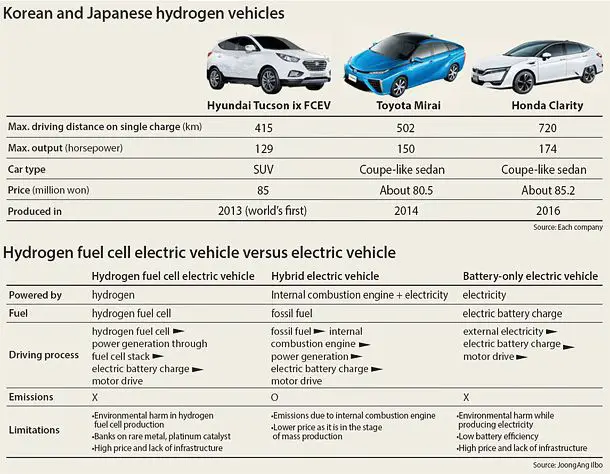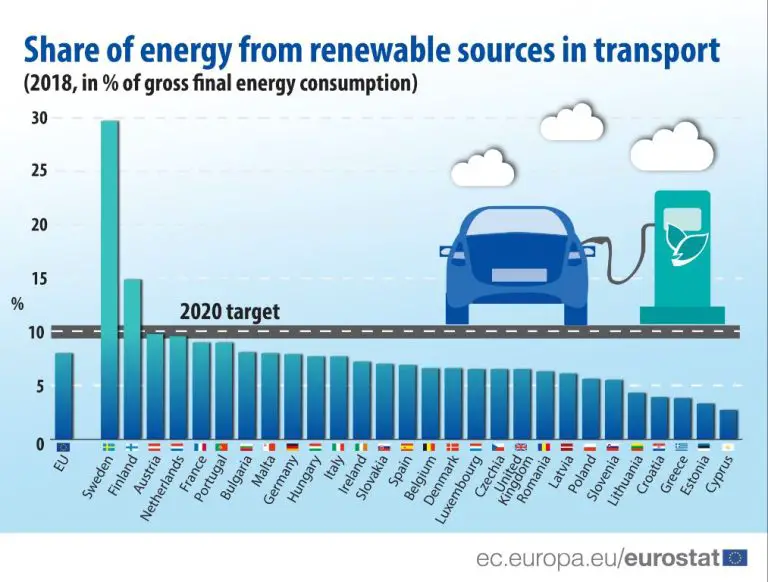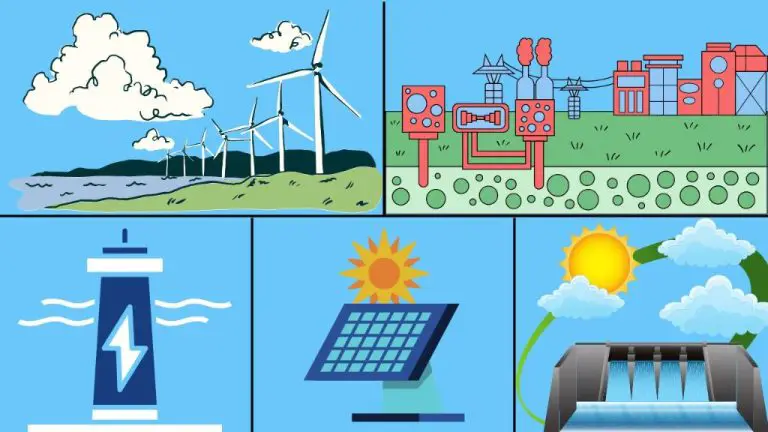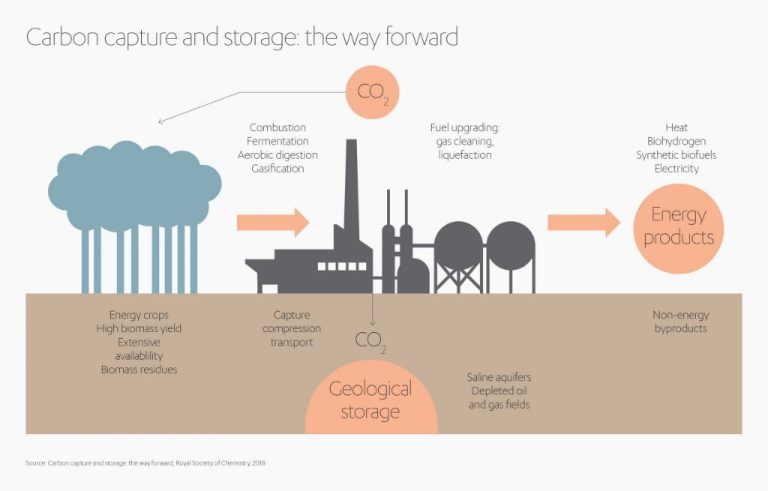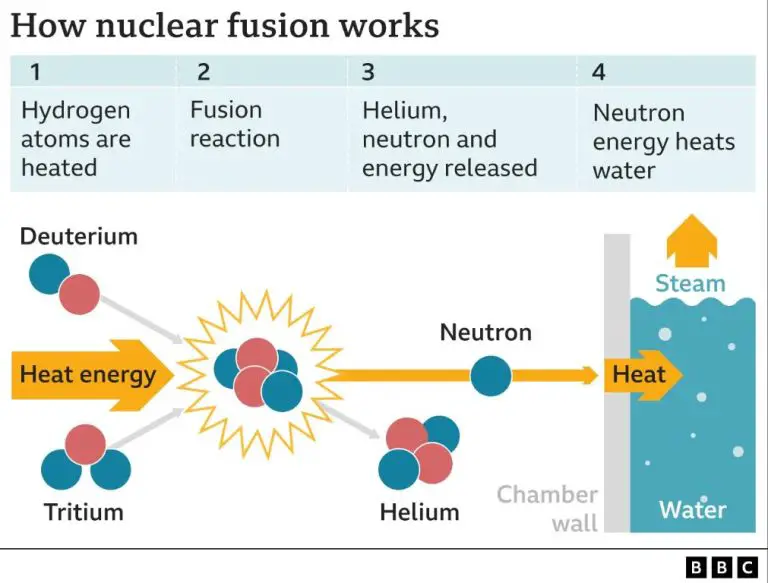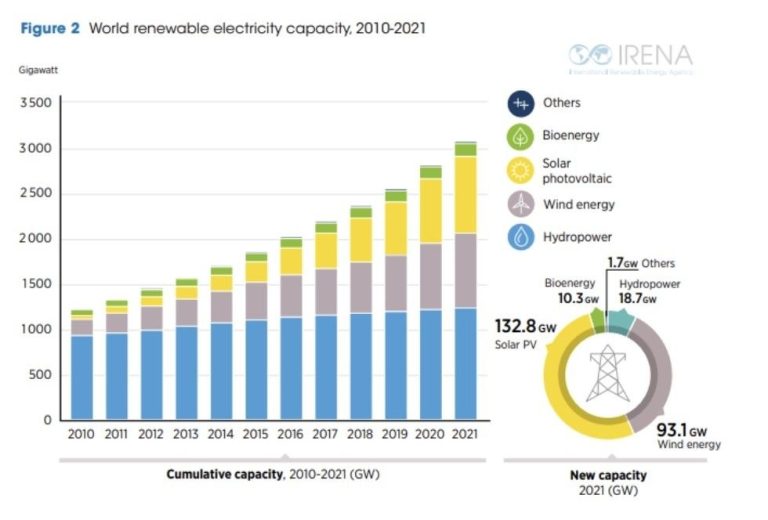Is Hydrogen Car Cheaper Than Gas?
With gas prices on the rise and increasing concerns about climate change, many car buyers are wondering if hydrogen fuel cell cars are a cheaper and cleaner alternative to traditional gasoline vehicles. Hydrogen cars have seen major advances in recent years as automakers invest heavily in fuel cell technology. However, hydrogen vehicles come with their own unique costs and infrastructure requirements that consumers should understand.
This article provides an in-depth look at the costs of owning and operating a hydrogen fuel cell car compared to a similar gasoline-powered vehicle. We’ll examine purchase prices, fuel efficiency, refueling infrastructure, environmental impact, and total ownership costs. With this information, you’ll gain key insights into whether hydrogen cars offer savings over gas vehicles today and what the future may hold as the technology continues advancing.
How Hydrogen Cars Work
Hydrogen fuel cell cars rely on fuel cells and electric motors to drive the vehicle instead of an internal combustion engine. The fuel cell combines hydrogen from the storage tanks with oxygen from the air to generate electricity. This electricity powers the electric motor that propels the car.
The major components of a hydrogen fuel cell vehicle include:
Fuel Cells: Fuel cells are the power plant of the car that generate electricity for the electric motor. Hydrogen from the storage tanks is fed into the fuel cell and combined with oxygen. This electrochemical reaction generates electricity that is supplied to the electric motor. The only byproducts are heat and water vapor, making fuel cell cars zero-emission. [1]
Electric Motors: Electric motors use the electricity from the fuel cells to propel the vehicle. The electric motor drives the wheels and provides power and acceleration. Electric motors are very efficient at converting electrical energy into mechanical energy to move the car. [2]
Hydrogen Storage Tanks: High-pressure hydrogen tanks safely store hydrogen onboard the vehicle to supply the fuel cells. The tanks are very durable and hold hydrogen gas at pressures up to 10,000 psi. The hydrogen tanks can hold enough hydrogen for a driving range over 300 miles in newer models before needing to be refilled.
Hydrogen Car Efficiency
One key consideration for hydrogen vehicles is the efficiency of converting energy into motion. According to studies, modern hydrogen fuel cell vehicles can achieve 50-60% tank-to-wheel efficiency, compared to around 80% for electric battery vehicles.
This lower efficiency is due to the multiple conversion steps required for hydrogen cars. First, energy must be used to produce the hydrogen via electrolysis. The hydrogen gas must then be compressed and transported to fueling stations. Finally, the hydrogen fuel cell converts the hydrogen back into electricity to power the vehicle’s motor.
Each conversion process results in some energy loss, lowering the overall efficiency. According to one analysis, it takes about 50-55 kWh of electricity to create 1 kg of hydrogen. That 1 kg of hydrogen can then propel a fuel cell vehicle around 60 miles. In contrast, the same 50-55 kWh could directly power a battery electric vehicle for over 150 miles.
So while hydrogen vehicles offer benefits like rapid refueling, their lower energy efficiency results in fewer miles traveled per amount of input energy compared to battery electric alternatives.
Hydrogen Refueling Infrastructure
The availability of hydrogen refueling stations is a major factor in hydrogen car adoption. As of early 2022, there were only 48 publicly accessible hydrogen stations across the entire United States, with over half located in California Manufacturing competitiveness analysis for hydrogen refueling stations. United States: N. p., 2021. Web.. This puts hydrogen car owners at a significant disadvantage compared to gas vehicles which have over 150,000 fueling stations nationwide.
The limited hydrogen infrastructure presents challenges for long distance travel. Hydrogen cars have a range of around 300 miles on a full tank, but drivers must carefully plan routes to ensure they can refuel along the way. Gas cars with similar range do not face the same obstacles. Building out more hydrogen stations, especially along major highways, will be critical for feasibility Manufacturing Competitiveness Analysis for Hydrogen Refueling Stations. United States: N. p., 2022. Web..
Major investments will be required to build enough hydrogen stations to match the convenience and accessibility of gas. This infrastructure gap is a significant barrier to mass adoption of hydrogen vehicles at the present time.
Hydrogen Production
Hydrogen must be produced from compounds that contain it, since elemental hydrogen does not occur naturally on Earth in large quantities. The two primary methods for producing hydrogen are natural gas reforming and water electrolysis.
Natural gas reforming involves reacting natural gas with high-temperature steam. This produces hydrogen gas and carbon dioxide as byproducts. About 95% of the hydrogen produced in the United States comes from natural gas reforming. The other major method is electrolysis, which uses electricity to split water into hydrogen and oxygen. Electrolysis accounts for around 4% of current hydrogen production.
While natural gas reforming is more common today due to lower costs, electrolysis has the advantage of using renewable energy sources like solar and wind. Electrolysis also does not produce any carbon emissions. As renewable electricity prices continue to fall, electrolysis may become more competitive for large-scale hydrogen production in the future.
Regardless of production method, producing pure hydrogen requires additional steps to remove impurities. Common methods include pressure swing adsorption and palladium membrane filters.
Hydrogen Car Cost
The upfront cost of a hydrogen fuel cell car is higher than a comparable gasoline vehicle. A 2022 Toyota Mirai has an MSRP of $50,000, while the Hyundai Nexo starts around $58,000. This is several thousand dollars more than a similar gasoline sedan.
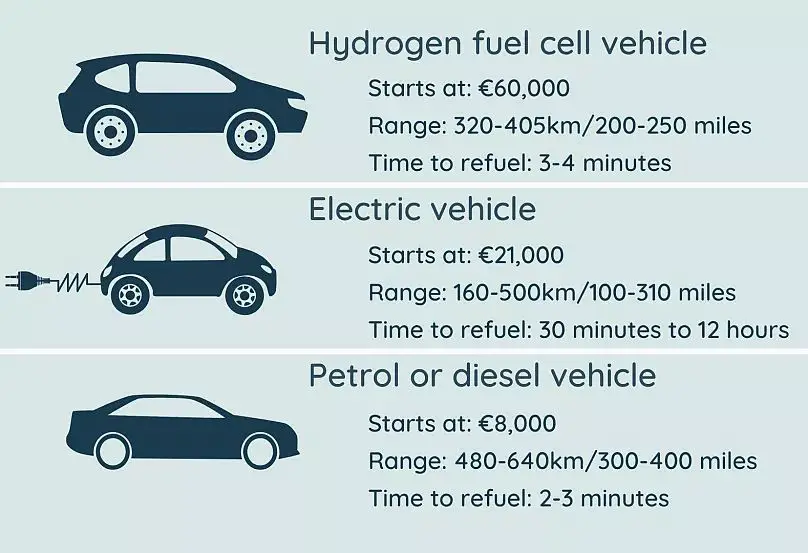
However, the cost per mile driven is lower for a hydrogen car compared to gas. According to Stillwater Associates, hydrogen needed to cost $5.88/kg in 2021 to be competitive on a per-mile basis with hybrid gas cars. The current retail price is around $16/kg in California, making hydrogen approximately 3 times more expensive per mile than gasoline.
Tax credits and rebates on hydrogen vehicles can reduce the upfront cost by up to $12,000 in some states. But the limited hydrogen refueling infrastructure remains an obstacle to widespread adoption and driving down costs further.
Environmental Impact
Hydrogen fuel cell vehicles have the potential to greatly reduce the environmental impact of transportation compared to traditional gasoline vehicles. Fuel cell vehicles themselves produce no tailpipe emissions – just water vapor. This makes them true zero-emission vehicles when driven (Liberteque).
However, most hydrogen today is produced from natural gas in a process called steam methane reforming. This process generates carbon dioxide emissions. Producing 1 kilogram of hydrogen via steam methane reforming generates between 9-12 kilograms of carbon dioxide (Liberteque).
So while the vehicles themselves are clean, the method of hydrogen production can offset some of those gains. The ideal scenario would be producing hydrogen from renewable resources like solar and wind energy via electrolysis, resulting in virtually no carbon emissions. As renewable hydrogen production scales up, the environmental benefits of hydrogen fuel cell vehicles will continue to improve.
Safety
Hydrogen fuel cell vehicles utilize high-pressure hydrogen tanks, which has raised safety concerns around potential tank explosions. However, according to Toyota, hydrogen fuel cell tanks are designed with multiple safety mechanisms and undergo rigorous testing to ensure they can withstand extreme crash scenarios and gunfire without exploding (source). The tanks are made of carbon fiber and aluminum lined with polymer bladders and safety valves to prevent leaks. Sensors can also detect leaks and automatically shut off the fuel line.
In terms of toxicity, hydrogen is non-toxic but can act as an asphyxiant in enclosed spaces as it displaces oxygen in the air. However, this is no different than gasoline vapors. Hydrogen dissipates quickly when leaked, so it does not accumulate. Overall, hydrogen is considered no more dangerous than other common fuels we use today (source). Proper training for first responders to deal with hydrogen leaks and fires is an important safety consideration.
Major Manufacturers
Several major automakers have been developing and releasing hydrogen fuel cell vehicles in recent years:
Toyota launched the first commercially available hydrogen fuel cell vehicle, the Mirai, in 2014. The company has continued to invest heavily in fuel cell technology and released the second generation Mirai in 2020 with improved range and performance (Toyota launches the new Mirai).
Honda began leasing the FCX Clarity hydrogen fuel cell car in limited markets in 2008. In 2016, the company released the successor – the Honda Clarity Fuel Cell – available for lease in California. Honda aims to commercialize fuel cell vehicles by around 2025 (Honda’s fuel cell plans).
Hyundai introduced its first mass-produced hydrogen vehicle, the ix35 Fuel Cell, in 2013. In 2018, the company launched the Nexo as part of its plan to become a major player in eco-friendly vehicles by 2025 (Hyundai’s hydrogen cars).
Future Outlook
The future looks promising for hydrogen vehicles as infrastructure improves and costs fall. Many major automakers like Toyota, Hyundai, BMW, and Honda are investing heavily in fuel cell technology and see hydrogen as a key part of a zero-emission future.
Several governments around the world are also supporting the development of hydrogen infrastructure, with over $70 billion in public and private investment expected globally by 2030 (https://www.linkedin.com/pulse/future-mobility-transition-from-fuel-electric-hydrogen-p0g5c?trk=article-ssr-frontend-pulse_more-articles_related-content-card). This should lead to more hydrogen filling stations being built.
As production scales up, costs are expected to fall dramatically. Hydrogen fuel cell systems could achieve parity with internal combustion engines and battery electrics by 2030 (https://hydrogen-central.com/why-hydrogen-cars-have-a-bright-future-topspeed/). This cost reduction, combined with convenient refueling and long ranges, should make fuel cell vehicles an attractive zero-emissions option for many drivers in the coming years.

